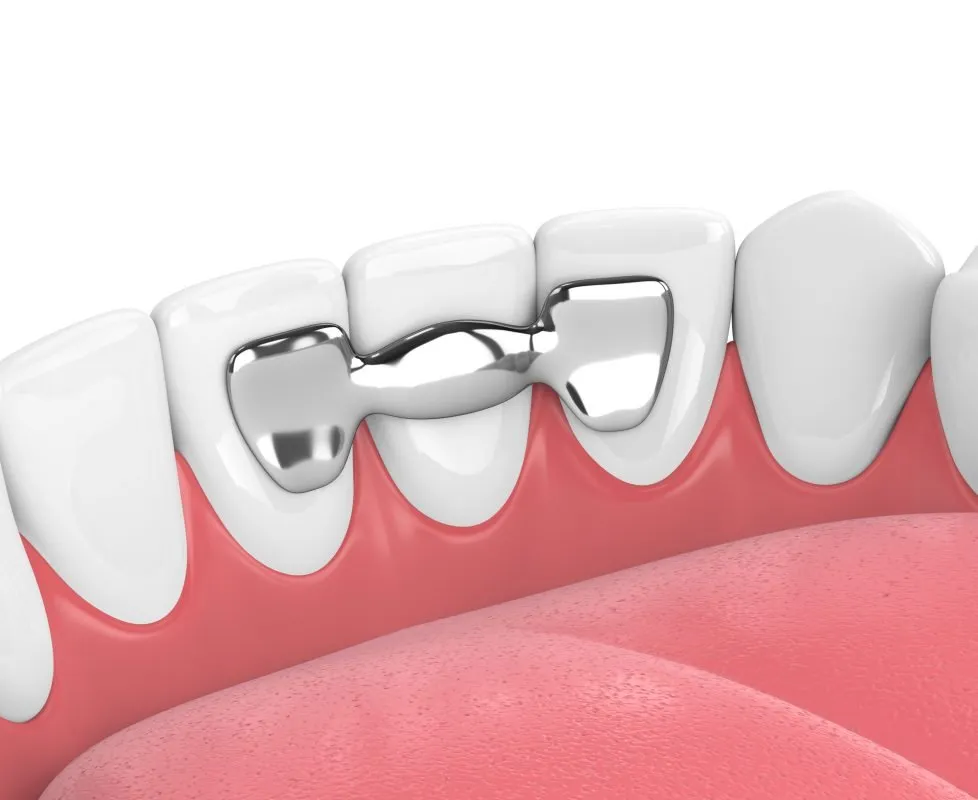Crowns and bridges offer practical solutions for individuals with one or more missing teeth. They not only restore your smile but also provide functional and aesthetic benefits. Whether you’ve lost teeth due to an accident, decay, or aging, dental bridges are a supportive option to bring comfort back to your daily life. Here is more information on dental bridges:
Dental Bridge Process
A dental bridge is a fixed appliance designed to replace missing teeth by bridging the gap between them. It is created using artificial teeth, often anchored by crowns placed on neighboring healthy teeth or supported by implants. Dental bridges are customized to match the shape, size, and color of your natural teeth, ensuring a natural-looking smile.
Key Benefits of Dental Bridges
Dental bridges do far more than simply fill the space of a missing tooth. Here are some major advantages that they offer:
- Restores missing teeth: Bridges replace one or more missing teeth, allowing you to regain a full, complete smile.
- Maintains facial structure: Missing teeth may lead to a sunken appearance over time. A dental bridge prevents this, supporting your facial shape and structure.
- Prevents tooth shifting: When a tooth is missing, adjacent teeth may start shifting into the gap, leading to misalignment. A dental bridge helps keep all teeth in their proper place.
- Improves daily functions: Missing teeth might make chewing and speaking more challenging. Dental bridges improve these functions, so you can enjoy eating and talking without discomfort.
Types of Dental Bridges
There are several types, each tailored to meet different patient needs.
- Traditional Dental Bridge: This is the most common type, involving crowns placed on the teeth adjacent to the gap for support. It’s ideal for replacing natural teeth surrounded by healthy teeth.
- Cantilever Bridge: This type is supported by a single adjacent tooth, used when only one strong tooth is available to anchor the bridge.
- Maryland Bridge: Maryland bridges utilize a framework of metal or porcelain wings bonded to the backs of adjacent teeth for support, often used for front teeth.
- Implant-Supported Bridge: This is secured using dental implants instead of adjacent teeth, providing a more stable and permanent solution.
What to Expect
Getting crowns and bridges typically involves two or more appointments. During your first visit, the dentist prepares the supporting teeth by reshaping them to fit crowns. Impressions of your teeth are taken and sent to a dental lab to create the bridge. Meanwhile, a temporary bridge is fitted to protect the prepared teeth. At your second visit, the temporary bridge is replaced with the permanent one, and your dentist adjusts the fit until it feels comfortable. Once it’s secured in place, you’ll leave the office with a beautifully restored smile and improved functionality.
Care and Maintenance
Dental bridges require regular maintenance to stay in great condition. Brushing twice daily and flossing around and under the bridge prevent plaque buildup. Your dentist may also recommend a floss threader or water flosser for effortless cleaning of hard-to-reach areas. Following these steps helps your bridge stay secure and functional for many years.
Book an Appointment for Crowns and Bridges
A dental bridge replaces missing teeth, and it offers a pathway to enhanced comfort and oral health. Routine dental checkups help monitor the bridge’s integrity and detect any potential issues early. If you’re ready to reclaim your smile and improve your daily life, talk to your dentist about whether a dental bridge is the right solution for you.
- Why Is Mental Health Important – Transform Your Life By Prioritizing It!
- How To Improve Gut Health – Boost Digestion, Energy & Immunity!
- Is Coffee Beneficial To Health – Expert Insights You Can’t Afford To Miss!
- TimesHealthMage Diet Plans For Diabetics – Manage Blood Sugar The Smart Way!
- Which Type Of Exercise Is Best For Improving Cardiorespiratory Fitness – Expert Advice!


Leave a Reply